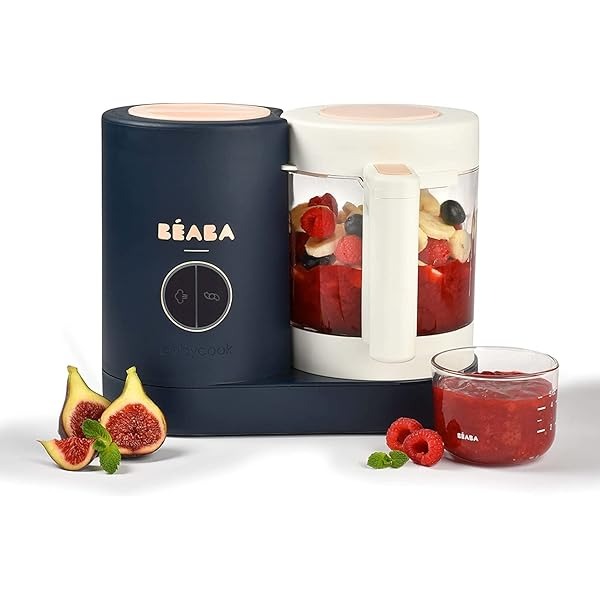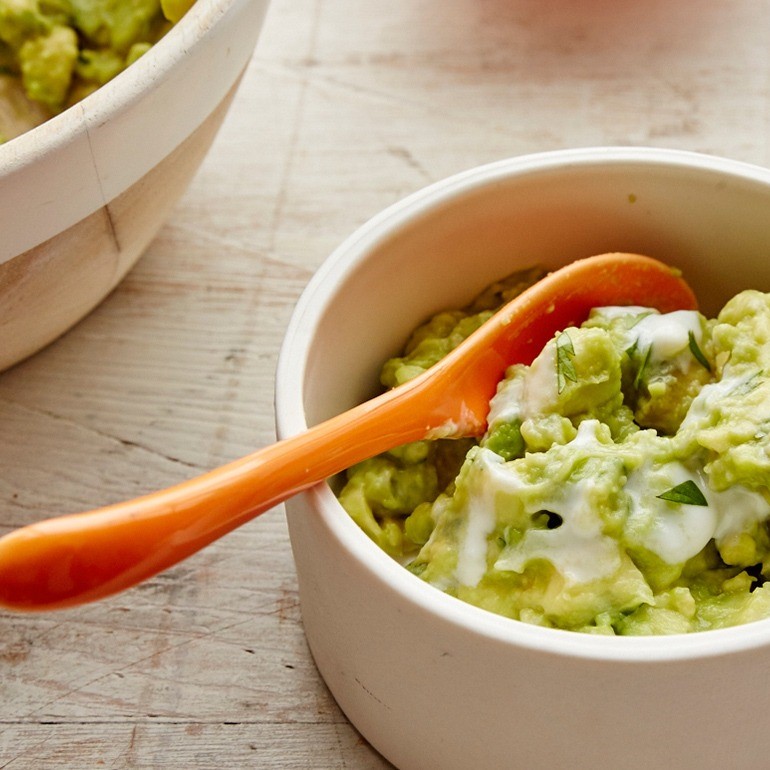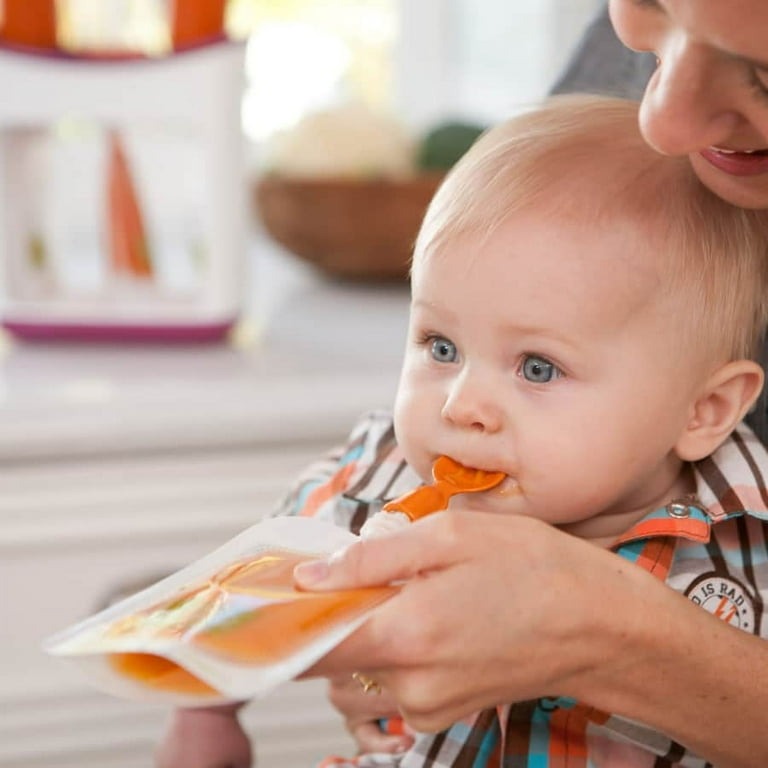When it comes to nourishing your little one, understanding the shelf life of homemade baby food is crucial. Many parents opt for homemade baby food to ensure they are providing fresh, wholesome options for their babies. However, they often grapple with the question: how long is homemade baby food good for? Here, we’ll explore various aspects of homemade baby food, including preparation, storage, and safety.
Overview of Homemade Baby Food Benefits
Preparing your baby’s food at home comes with several advantages. Freshness and Nutrition – Homemade baby food is fresh. This means more nutrients and better taste. Customization – You can tailor meals to suit your baby’s taste and dietary needs. No Preservatives – You avoid the preservatives and additives found in store-bought food. Economical – Making baby food at home is cheaper than buying pre-made jars and pouches. Bonding – The process of making baby food can be a bonding experience with your child. Education – It teaches children about healthy eating habits from the start. Environment-friendly – Less packaging waste is produced compared to commercial baby food.The foundation of understanding how long is homemade baby food good for starts with the ingredients used. Fresh fruits and vegetables can vary widely in their natural shelf life, which ultimately affects the longevity of the purees or mashed foods you prepare at home.
Preparing Homemade Baby Food: Best Practices

Creating nutritious and safe homemade baby food is achievable by following these best practices.
Selecting the Right Ingredients
Choosing fresh, quality ingredients is crucial. Opt for organic produce to minimize exposure to pesticides. Always wash and peel fruits and vegetables thoroughly to remove any residues or contaminants.
Clean Preparation Methods
Before making baby food, ensure all equipment, like food processors and blenders, are sterile. Use soapy water to wash them and rinse well. Your personal hygiene is vital too; always wash your hands before handling any food ingredients.
Cooking and Processing
Cook fruits and vegetables to enhance digestibility and kill any potential bacteria. Steaming is preferable as it conserves most nutrients compared to boiling. Once cooked, blend these ingredients to a suitable consistency, depending on your baby’s feeding stage.
Immediate Storage
Cool down the homemade baby food quickly after making it to prevent bacterial growth. Transfer the puree into clean containers or ice trays if you plan to freeze it. Label all containers with the date of preparation as a reference.
By following these steps, you ensure that the homemade baby food is safe and nutritious for your baby’s consumption, fostering their health and growth.
Refrigeration Tips for Homemade Baby Food

Storing homemade baby food safely is crucial to keep it fresh and safe. Here are some effective refrigeration tips:
Use the Right Containers
Select BPA-free plastic or glass containers for storing baby food. Make sure they’re clean and have tight-fitting lids.
Cool Down Before Refrigerating
Allow the food to cool completely before placing it in the fridge. Hot food can raise the fridge’s temperature, promoting bacteria growth.
Storage Duration
Generally, homemade baby food lasts 48 hours in the fridge. After this, nutrients decline and bacteria can increase.
Individual Portions
Store baby food in small portions. It will help prevent waste and makes it easy to only take out what your baby will eat.
Label with Dates
Write the preparation date on each container. This helps track how long the baby food is good for and ensures you use the oldest food first.
Keep it in the Back
Place the food at the back of the fridge where it’s coldest. This helps to maintain a consistent temperature and keep the food safe.
Avoid Cross-Contamination
Keep baby food away from raw meats and eggs in the fridge to prevent cross-contamination.
By adhering to these refrigeration tips, the homemade baby food remains safe and nourishing for your little one. Always remember to check for any signs of spoilage before serving.
Freezing and Thawing Homemade Baby Food
Freezing homemade baby food is a great way to extend its shelf life. Here’s how you can do it safely and effectively:
Freezing Homemade Baby Food
Choose the Right Containers: Use BPA-free plastic, glass, or silicone containers. These should be suitable for freezer use.
Portion Control: Freeze baby food in small portions. Ice cube trays work well for this. Once frozen, transfer the cubes into freezer bags. Label each bag with the type of food and the freezing date.
Temperature Matters: Ensure your freezer is at 0°F (-18°C) to keep the food safe.
Avoid Refreezing: Once thawed, do not refreeze homemade baby food. This can increase the risk of bacterial growth.
Thawing Homemade Baby Food
Refrigerator Thawing: Thaw frozen baby food in the refrigerator. This is the safest method. Plan ahead, as it can take several hours.
Water Bath Thawing: For quicker thawing, place the baby food container in a cold water bath. Change the water every 30 minutes.
Microwave Thawing: Use the microwave’s defrost setting if you’re short on time. Stir well to even out the temperature and check the food’s warmth before feeding.
Serve Immediately: Once thawed, baby food should be consumed or stored in the refrigerator and used within 48 hours.
By following these guidelines, you can ensure that homemade baby food remains nutritious and safe for your baby after freezing and thawing.
Understanding Shelf Life: Homemade Baby Food Freshness

Understanding the shelf life of homemade baby food is essential for maintaining its freshness and safety. Here are key aspects to consider:
Freshness Guidelines
Homemade baby food differs from store-bought because it lacks preservatives. Typically, it can stay fresh:
- In the Fridge: Up to 48 hours if stored correctly.
- In the Freezer: Between 3 to 6 months, depending on the ingredients used.
It’s vital to note that these durations assume the food is stored immediately after preparation, in appropriate conditions.
Signs of Spoilage
Be vigilant for any signs of spoilage before feeding your baby. Some common signs include:
- Odd or sour smell.
- Visible mold.
- Discoloration.
If you notice any of these signs, it’s best to discard the food immediately to avoid health risks.
Importance of Labeling
Always label your storage containers with the preparation date and contents. This practice helps you use the oldest stocks first and prevents the use of spoiled food.
By understanding and adhering to these freshness guidelines, parents can ensure that their homemade baby food is both safe and beneficial for their little ones.
Container Choices for Storing Baby Food
When it comes to storing homemade baby food, choosing the right containers is critical. The containers you select will affect how long the baby food can remain fresh and safe for your child’s consumption.
BPA-Free Plastic Containers
Opt for plastic containers that are BPA-free to ensure no harmful chemicals leach into the baby food. These lightweight containers are also easy to stack, making them space-efficient in your fridge or freezer.
Glass Jars
Glass jars are an eco-friendly choice and do not contain chemicals that can transfer to food. Always check that the lids seal tightly to keep food fresh.
Silicone Containers
Silicone containers are flexible, freezer-safe, and often come in small, baby-sized portions. They make popping out frozen food cubes hassle-free.
Ice Cube Trays
Ice cube trays are a simple and cost-effective way to freeze baby food in small portions. Cover them with plastic wrap or lids to prevent freezer burn.
Reusable Food Pouches
Reusable food pouches can be convenient for on-the-go meals. They are often dishwasher safe and can be a great option for older infants.
Labeling Is Key
Regardless of the type of container used, labeling is essential. Include the date of preparation and food type on each container or bag with a water-resistant marker.
By using these container options and practices, parents can store homemade baby food efficiently, extending its freshness and ensuring safety for their baby’s meals.
Safety Measures for Handling and Preparing Baby Food
For parents making baby food at home, safety is paramount. Here’s what to keep in mind:
Ensure a Clean Workspace
Start with a clean kitchen. Sanitize counters, cutting boards, and tools before use.
Wash Hands Thoroughly
Always wash hands with soap and water before touching ingredients or equipment.
Clean Ingredients Properly
Rinse fruits and vegetables under water. Use a brush for root veggies like carrots.
Cook Foods Safely
Fully cook meats, poultry, and fish to kill harmful bacteria. Steam or bake veggies and fruits.
Avoid Cross-Contamination
Use separate utensils for raw meats and other foods. Keep baby food away from raw ingredients in the fridge.
Quick Cooling
Cool purees fast after cooking. Speed up the process by placing the containers in a cold water bath.
Serve Fresh
Feed your baby soon after preparation. If storing, do so promptly to prevent bacteria growth.
Be Mindful of Allergens
Introduce new foods one at a time. Watch for allergies and report any reactions to your pediatrician.
Following these safety measures can ensure the food you prepare is both nutritious and safe for your baby.
Additional Tips for Extending the Freshness of Baby Food
To keep homemade baby food fresh and safe, try these extra tips:
Use Ice Trays for Freezing
Freeze purees in ice cube trays. This makes it easy to thaw small servings.
Check the Fridge’s Temperature
Keep your fridge below 40°F. This slows down bacterial growth in stored baby food.
Keep the Freezer Organized
Arrange the food with oldest dates in front. This helps use older food first.
Avoid Overpacking the Freezer
Allow air to circulate. This ensures food freezes uniformly and stays frozen.
Thoroughly Heat Thawed Food
Warm thawed baby food before serving. This can kill any lingering bacteria. Always cool it down to a safe temperature before feeding.
Do Not Refreeze Thawed Purees
Refreezing can cause bacterial growth. Use thawed food quickly or store in the fridge.
Rotate Your Stock Regularly
Use older batches first. This prevents them from going bad and reduces waste.
By following these tips, parents can prolong the life of homemade baby food, bolstering its freshness and nutritional value. Remember, always inspect baby food for signs of spoilage like strange smells or discoloration and discard any food that seems unsafe.